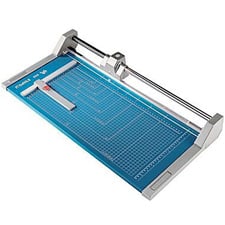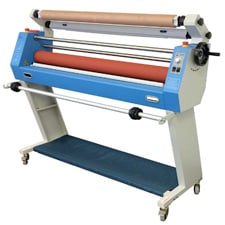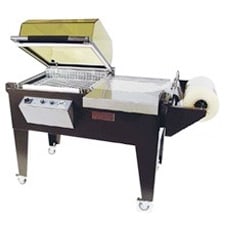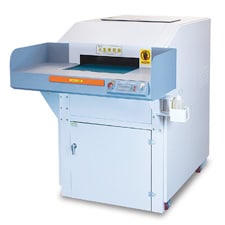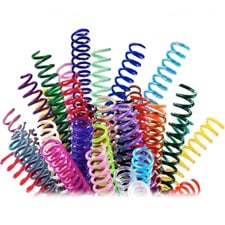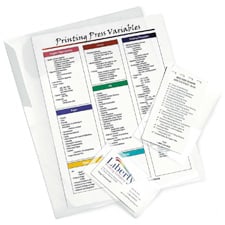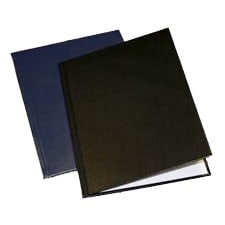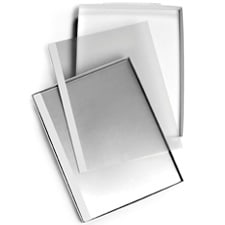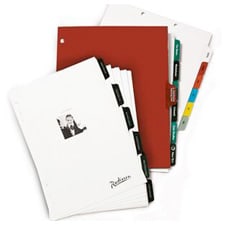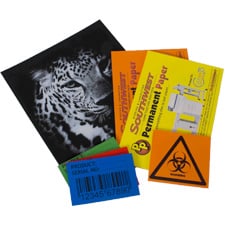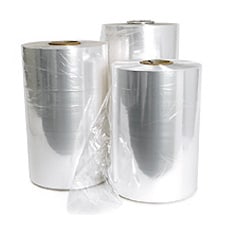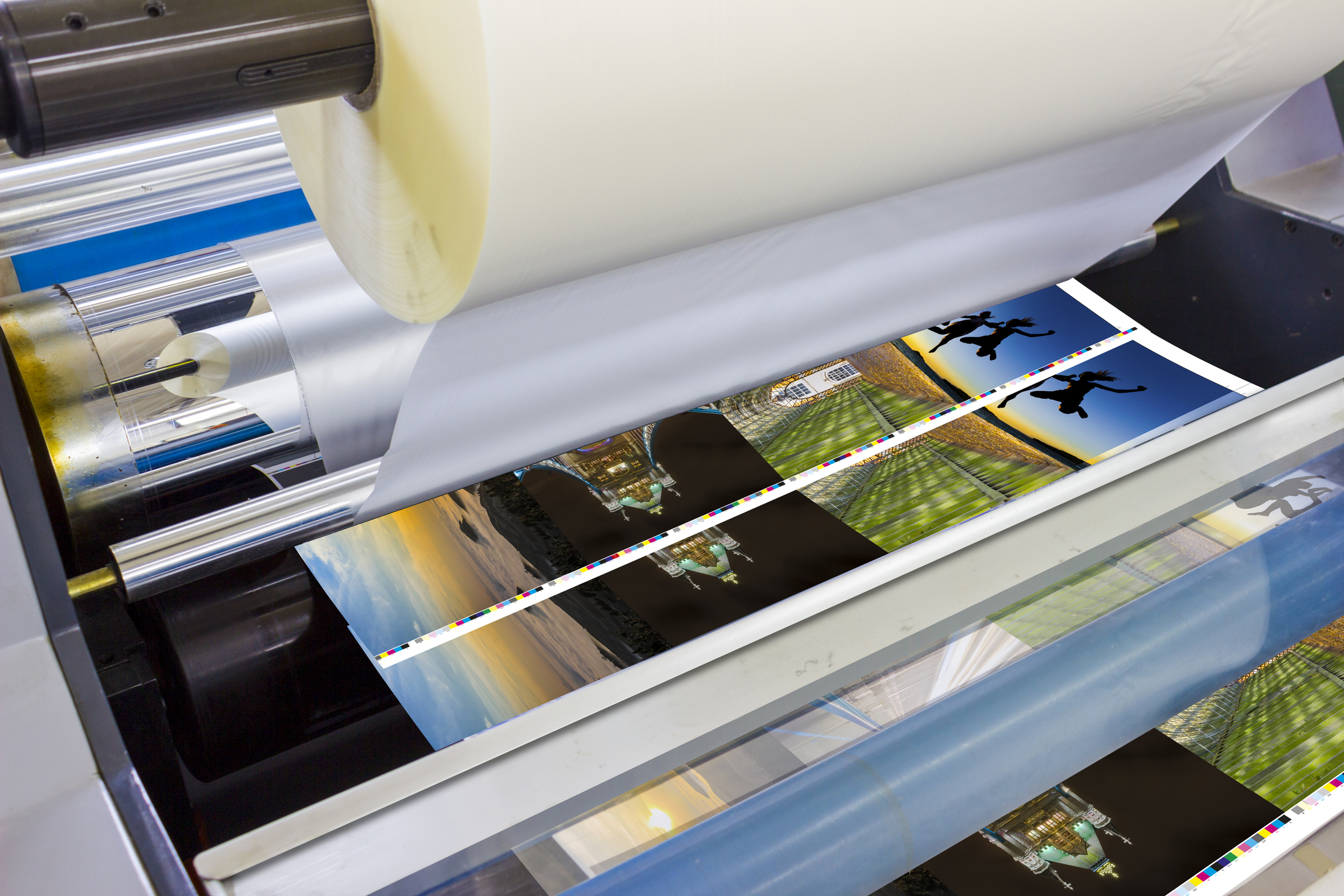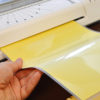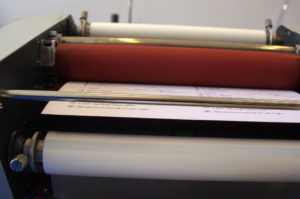How Does Laminating Work and When Should You Laminate?
Do you know that the invention of document lamination dates back to the early 1900s, according to Mike McRitchie? You may have encountered a laminated document before but, you might be unaware of how precisely laminating pouches work and when to use them. Let’s examine the laminating process and the appropriate times to perform it.
How Does Laminating Work?
A laminator machine applies a thin plastic cover to paper documents or other items with the help of heat, pressure, and an internal roller mechanism. Most commonly, the pertinent documents are sandwiched between plastic sheets, sealed on one edge, or laminating film before they are fed into the laminating machine.
The laminating film used to enclose the document fed into most pouch laminators is pre-coated with a special adhesive to make the laminating process work. Due to the pressure the rollers exert on the lamination films’ front and back surfaces, the pouch is heated and bonds tightly to the top and bottom of the paper, forming a protective seal and covering around the whole pouch, with four sealed edges.
When Should You Laminate?
Lamination is necessary for the following circumstances:
Documents That Are Handled Frequently
If your company or organization uses instruction sheets that employees frequently refer to, these printed materials should be organized, with a clear laminate coating to protect them. The laminating film will shield the instructions from spills, smudges, tears, creases, and other hazards, extending their lifespan and maintaining their usefulness.
Documents Used in Dirty or Damp Environments
A lamination with a sealed edge protects printed instructions from dirt, grime, moisture, oil, and grease. Consequently, any printed document used in a filthy setting, such as close to machinery or industrial equipment, or where spills or splatters could happen, like a kitchen area, should be laminated.
Documents That Suspend From a Chain or Hook
Lamination gives printed instructions more rigidity and thickness, enabling the creation of holes or slots that allow a binder or similar device to hold them in place.
It is advisable to laminate any instructional documents hanging from a chain, hook, or cable, such as those for specific consumer electronics or furniture pieces. Depending on the application, a metal grommet may be placed to strengthen the hole further.
You can preserve your work and get more use out of your documents by laminating them, and it will also make you appear more polished and professional. Reach out to us today to get started laminating your documents.


